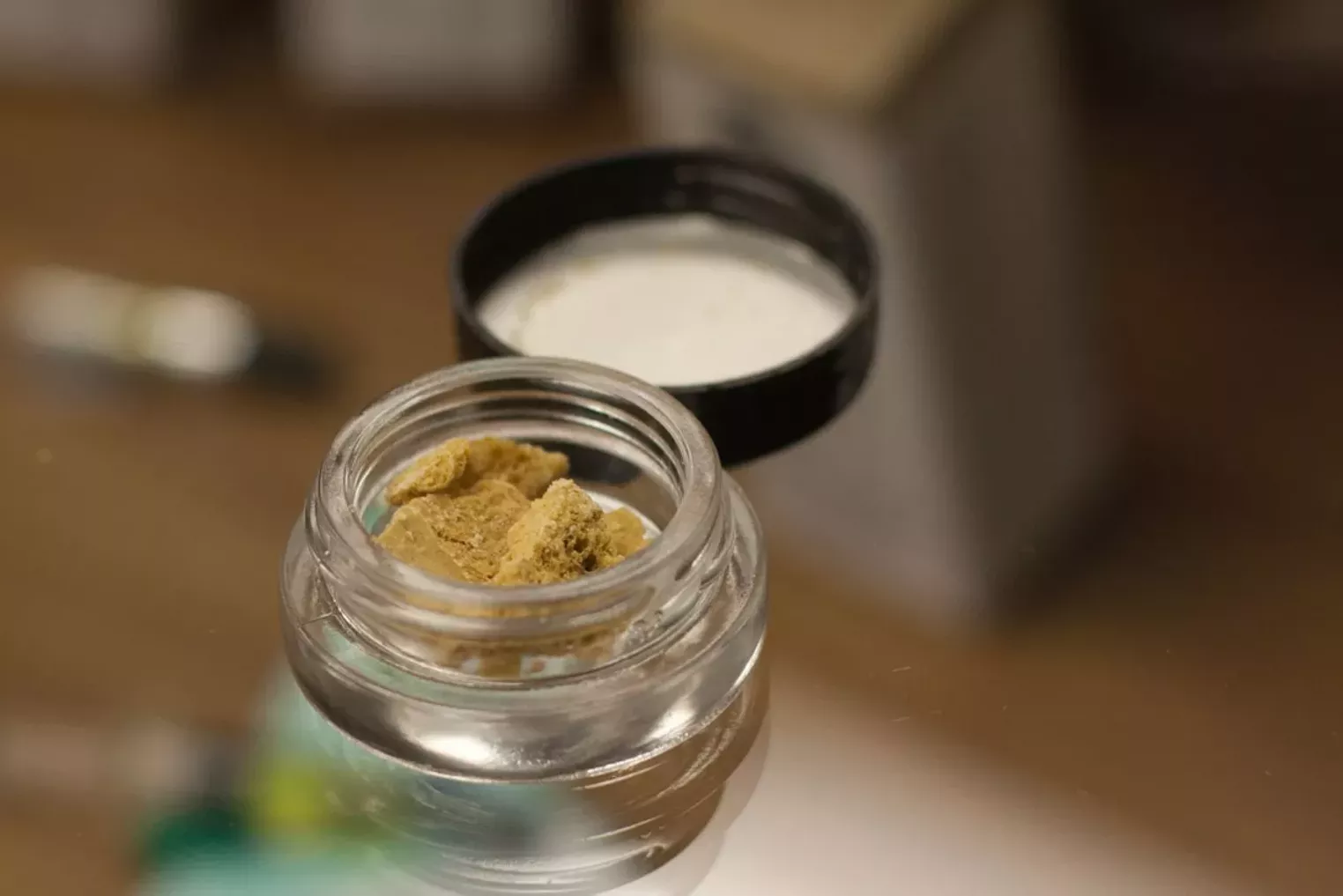Colorado Marijuana Regulators Introduce New Packaging Options for Concentrates
[ad_1]
A law imposing new packaging and labeling for extracted THC products will come into force in 2022.
Jacqueline Collins
Colorado marijuana regulators are considering three options for packaging rules that would require serving size recommendations and information on educational resources associated with THC-concentrated products.
Passed by the Colorado legislature earlier this year, House Bill 1317 called on the state’s Marijuana Enforcement Division to create new restrictions on marijuana concentrates, including wax, shatter, bubble hash, kief, living resin, rosin spray cartridges and all other fuel products extracted from THC. , before November 10. At a rule-making meeting last month, MED officials shared three possibilities for portion size and potential chips for educational resources on the legal and health risks associated with concentrated THC.
A MED proposal includes a recommendation per 10 milligram serving of THC, although the department recognizes that visual display of such a small amount may not be realistic, as most marijuana concentrates are sold in 0 increments. , 5 and 1 gram.
Another option would be to place a visual marker the size of a grain of rice, or 1/16 of a gram, on the package to indicate the serving size. But some marijuana industry and healthcare representatives attending the MED hearings argue that 1/16 of a gram is too much of a serving for THC concentrates, which can range from 30 to 90 percent THC.
With one option deemed too small by MED and the other too large by stakeholders, state officials suggested a third option: customize the serving size based on the THC potency of the product. The recommended size would be based on lab and bioavailability tests, and one serving could not exceed 40 milligrams of THC. However, addiction specialists and emergency physicians have argued that it could lead to overuse.
While MED presented all three options at the last MED rule-making hearing, a more popular suggestion was not on the official list. Brought to you by marijuana law firm Vicente Sederberg, the proposal calls for printing a small dot on the packaging that is smaller than half a grain of rice but larger than a grain of sand. The dot should be clearly visible, and the intention is that consumers can compare their servings, or tampons, to the dot.
While Vicente Sederberg’s suggestion received a positive reception from the regulatory committee and MED officials, the point’s idea is not about pre-filled THC oil vaporizer cartridges. However, MED alluded to the possibility of vaporizers falling under separate rules.
All legal marijuana products in Colorado already have warnings about long-term effects on mental and physical health, as well as against use during pregnancy or before driving, but HB 1317 demanded dispensaries distribute information. health and legal issues specifically on concentrated marijuana. While dispensary owners and marijuana extractors have expressed concerns about the environmental impact of including a brochure with every purchase, doctors and mental health specialists don’t like the idea of share information via electronic QR codes.
In fact, mental health professionals and addiction counselors would also like warnings about drug addiction and suicide to be included in any warning booklet, but the pot industry has pushed back on what it calls overregulation. The MED suggested warnings, created in consultation with the Colorado Department of Public Health and Environment, currently include “psychotic symptoms and / or psychotic disordersâ€, “mental health symptoms / problemsâ€, “syndrome. cannabis hyperemesis (CHS) “and” cannabis use disorder. ”
MED would also like to see information on the impact of marijuana use on brain development before the age of 25 and other warnings against providing concentrated marijuana products to children on the brochure; it could also include a legal warning regarding criminal penalties for selling commercial marijuana products on the black market.
The new rules on packaging and brochures are expected to be implemented on January 1. In the meantime, MED has another public hearing scheduled for November 1 and will still accept written comments until final rules are announced on November 10.
[ad_2]


